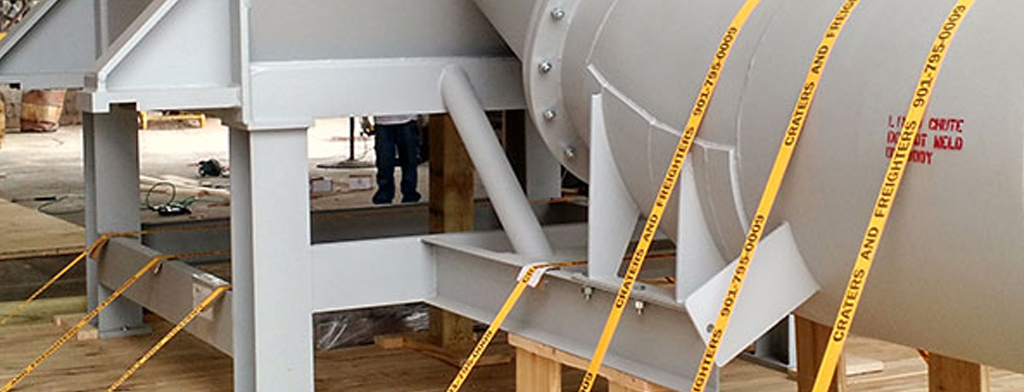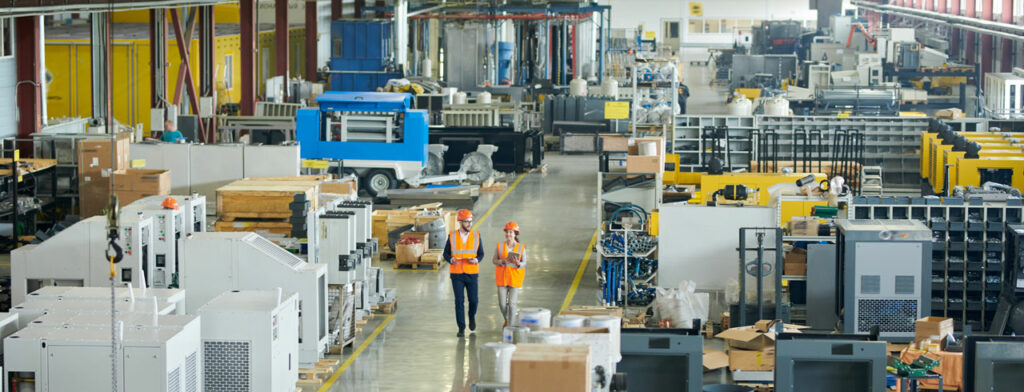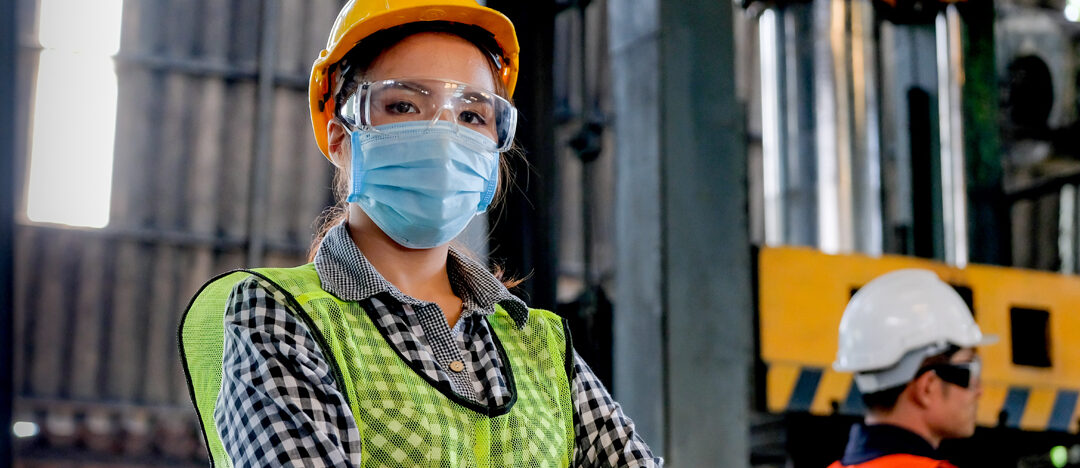Business moves always present plenty of challenges. But among the most complex moves of all are industrial plant relocations. Not only are standard items like desks, tables, chairs and office equipment from the administrative side of the business typically involved, but then there are the assets on the operations side—items that are often large, heavy and oddly shaped.
Plus, there may be fuels, lubricants, solvents and other types of chemicals within the industrial equipment and machines that must be dealt with before the move. And, some of the devices used in industrial operations may be highly sensitive and easily damaged.
For these and other reasons, it’s critical that you follow a well-defined and proven process when planning for and executing an industrial plant relocation.
Industrial Plant Relocation—Step by Step
Taking the steps below can help ensure that your industrial plant relocation goes smoothly and that you are into your new location and operational as quickly as possible.
- Carefully select an experienced specialty packaging, crating and shipping company.
As complicated as an industrial plant move can be, you want to be sure that the company you choose is not simply a service provider, but instead is a project partner and a single source of responsibility that you can trust and rely on based on decades of experience and countless successful moves. You also want to be sure that their fee is commensurate with their expertise, so be sure to get a quote. Once you’ve made your selection, you should ask for the provider’s input on each of the remaining steps in this list. - Create a map of the new location showing exactly where all assets will be positioned.
The more detail your map has, the better. Too often, companies lump lots of items into a “we’ll deal with that when we get there” mental category and discover that having to make dozens (or more) of decisions at the new location is much more difficult than they anticipated. Yes, your large/complex/expensive assets are going to take up more of your planning and preparation time, but don’t overlook the smaller items. - Create a relocation plan and timeline.
Knowing what goes where at your new location is critical. But you also need to determine the optimal order for disconnecting, disassembling (if needed), prepping, crating and moving items out of the old facility, and then the reverse of those actions at the new facility. In many cases, the success of a plant relocation depends on the sequencing of activities. Be sure to pad your timeline if possible, to account for any problems that may arise during the move. - Create a detailed inventory checklist.
It’s important to have a comprehensive checklist of every item that will be handled by the specialty crating and shipping company you select. It may seem like it will be obvious if a particular item gets left behind or misplaced in the move, but in a new location and with your employees all having long To Do lists to get your operation back online, it may not be so easy to determine that items are missing. - Make arrangements with utility providers.
Will services like power or water need to be shut off while equipment is being installed and prepared for restarting? Or turned on when you take possession of the property? If so, those arrangements should be made with plenty of lead time. - Use insights from internal experts to prepare key assets for transport.
The people who use and/or service your machinery and equipment are best equipped to develop a plan for preparing the items to be moved. Get their input and then take action on their recommendations as far in advance as possible. - Write up instructions for contractors and others.
Anyone who has a complicated task to complete for the move—especially third-party service providers who may not be familiar with your operations—should receive clear, concise, and complete instructions on what you need them to do. Even if you plan to have one of your employees supervise their work, it’s helpful for people to have information they can consult if the supervisor gets pulled away. - Prep the path that assets will take from their current location to the new one.
Will doors need to be taken off their hinges or passageways enlarged to make more room for large items, or are there any other structural accommodations that must be made? Are there flooring surfaces that need to be protected or modified? Also, for especially large items, will any type of permit or authorization be required to haul the assets on public roads? Thinking through these types of issues and making necessary preparations can help prevent delays. - Take appropriate precautions with hazardous materials.
Industrial plant moves sometimes involve hazardous materials. If that’s the case with yours, be sure you understand the properties of the materials you’re moving and that you handle them properly. Of course, the specialty crating and shipping company you’re using should have expertise in “hazmat” shipping. - Execute the move and perform post-move inspections.
Whether the move takes place all at once or in phases, you should go through your relocation plan and checklists to ensure that the necessary actions are being performed and the required assets have made it to the new location and are in working order.


Collaborating With a Packaging Engineer
The specialty crating, packaging and shipping provider you work with should have packaging engineers on staff. These trained professionals have extensive expertise in how to design custom packaging that can ensure the safe transportation of different types of items. It’s important that you and your team work closely with the engineer, as the information you provide about your assets is essential to the packaging strategy they develop.
Ultimately, with the assistance of the right service provider and the appropriate amount of preparation, you can execute an efficient and error-free industrial plant relocation.

